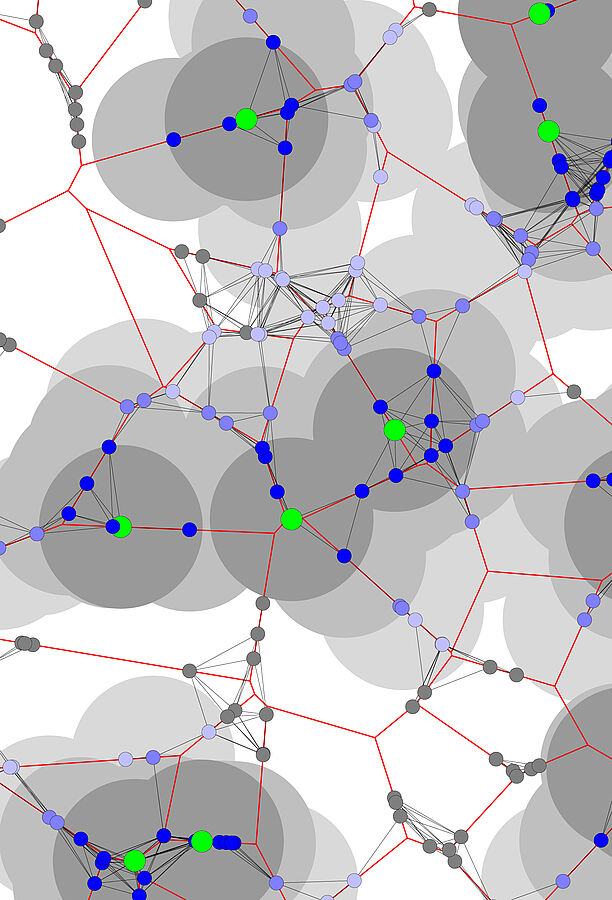Practically the entire modern world is interconnected. If someone, somewhere, shoots an interesting video on their phone and posts it on social media, it can draw attention immediately on the other side of the planet. The structure of today’s communication technology, however, makes it vulnerable to attack and surveillance, since the streams of data flow through centralized radio towers and data centres, which can be shut down by governments or tapped by secret services or criminals.
It is harder to achieve this level of control over a communication network if the multiple devices in it communicate directly with each other instead of via centralized transmitters and receivers. Demonstrators in Hong Kong, for example, were able to establish an independent network using Bluetooth on their mobile phones for sharing messages when the government shut down the mobile network during the protests. Yet another important type of communication is between cars, as will be essential in the mobility of the future. Mathematician Benedikt Jahnel successfully acquired funding in the 2021 Leibniz-Competition for a new Leibniz Junior Research Group, which will be researching the mathematical bases of such networks.
“We want to analyse these kinds of communication networks very generally and abstractly,” Jahnel explains. “For this, we will be using mathematical methods such as point process theory, which represents individual participants in the network as interacting agents.” In this way, with the help of probabilistic analyses, the researchers want to determine the opportunities as well as the potential weaknesses in such systems. For example, a large network can develop clusters of well-interconnected participants, which can guarantee good communications among each other but are only poorly connected to remote areas.
One example of such networks is given by widely scattered sea buoys, which for cost reasons can’t all communicate individually with satellites but instead share their measurement data among each other by radio, until a central collection point is reached.
Although this type of research sounds very much like applied mathematics, it doesn’t quite classify as industrial contract research. “Our abstract work is still too far removed from practical problems for that,” says Jahnel. “But one or the other network designer will surely be inspired by our results.”
These results will include models of hybrid systems, which comprise many agents communicating both directly with each other as well as with central nodes in the infrastructure. This would play an important role in car-to-car (C2C) networks, for example, where autonomous driving or traffic warnings are to be supported by new types of data networks. The same goes for device-to-device (D2D) networks: such networks would probably perform best when they are neither fully centralized nor fully decentralized.
The workgroup will consist of four to five people, including Jahnel, two PhD students and one postdoc. It will be funded over a period of five years. However, the topic will continue to be of great interest at WIAS for much longer than that.
Dirk Eidemüller


